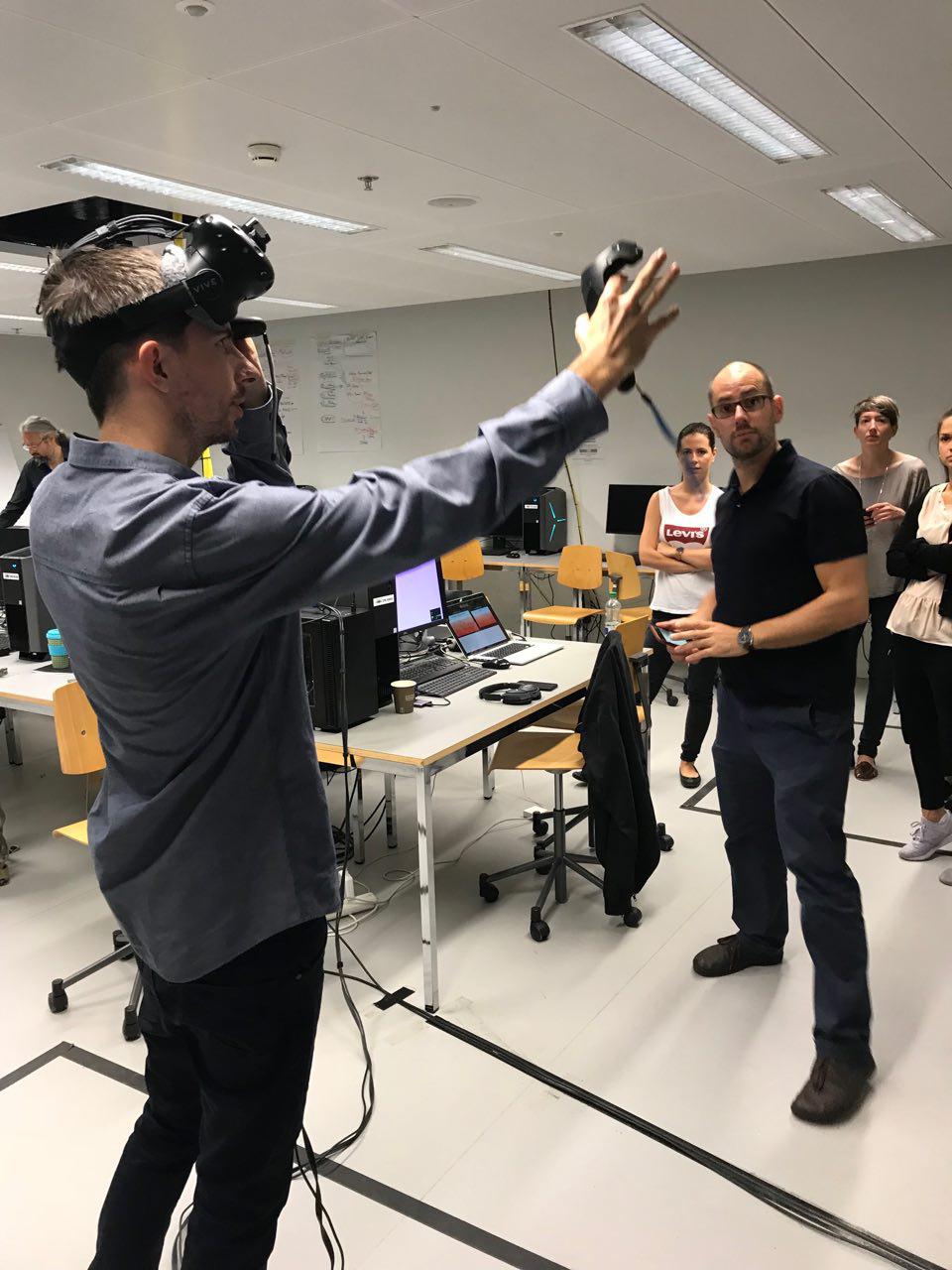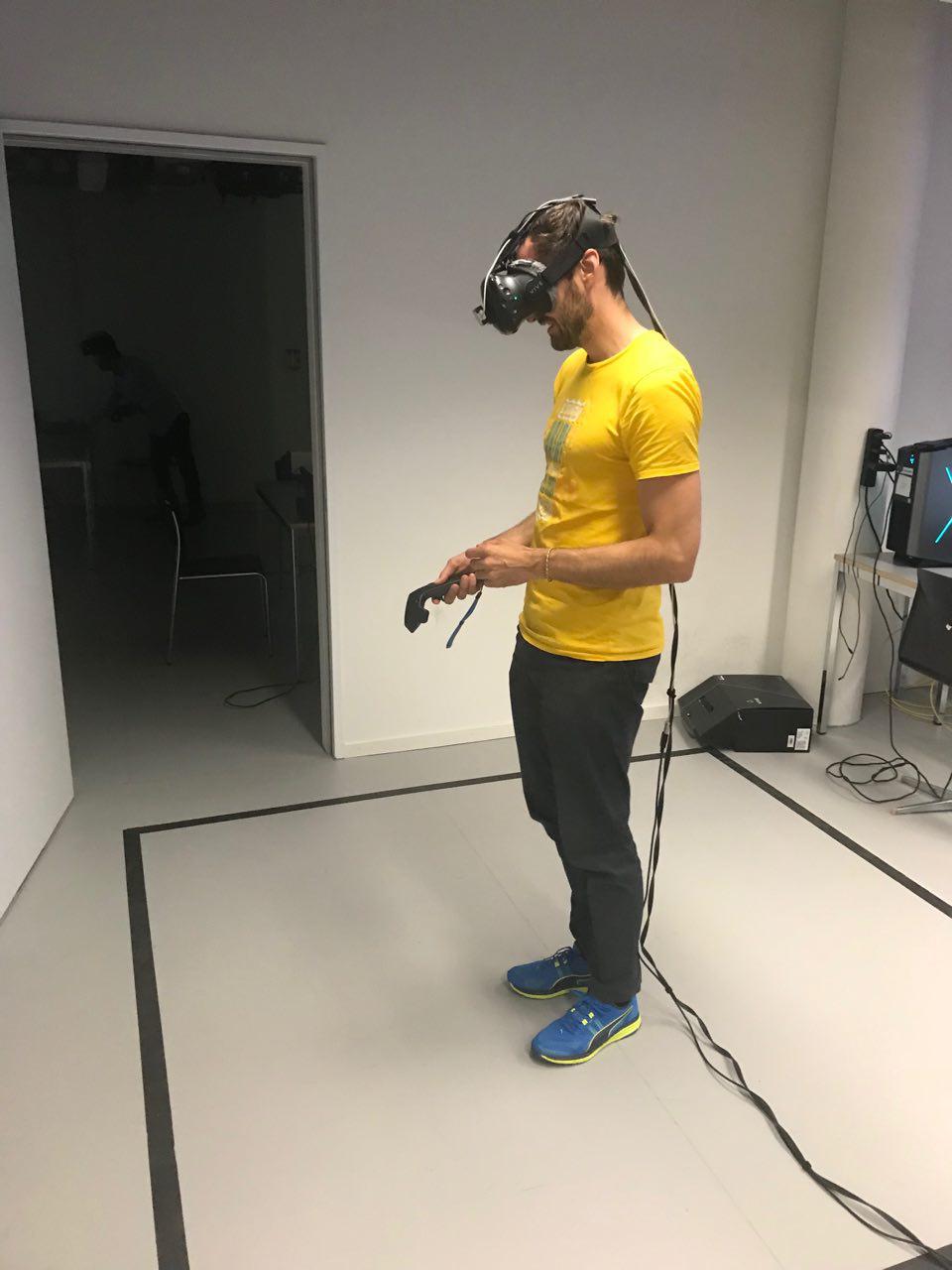Blogeinträge von David Christie

Today we started to explore the world of immersive media of various types. We jumped in the deep end at the beginning and were given various VR (virtual reality) programs to try out. I got to try Google Earth with VR headset and controllers. It was a bit tricky to get used to the controls at the beginning but I soon managed to explore London and visit the place I grew up in! Despite the relatively small field of clear vision, the illusion of immersion was quite real, even if there were no people walking around in the cities.
It was a strange sight for me to see grown adults waving their hands around with headsets on. Apparently, for devotees of this genre, this is perfectly normal behaviour!
 Then after a brief history of the area, we went on to discuss the various types of immersive media, from AR (augmented reality), to MR (mixed reality), to AV (augmented virtual reality) and VR (full virtual reality).
Then after a brief history of the area, we went on to discuss the various types of immersive media, from AR (augmented reality), to MR (mixed reality), to AV (augmented virtual reality) and VR (full virtual reality).
An interesting point was the current state of the technology. Currently, it is generally necessary to have a powerful desktop computer with good graphic cards and installed laser or infra red cameras. The latter are needed for accurate positioning of the headset and hand controllers in the room. The trend is clearly towards freeing the headset of this need and to including visual recognition cameras in the headset so that it can react to the surroundings. The hardware and software are not really there yet. The tools are quite usable, but the picture resolution and field of view are still quite limited. Enormous server farms are needed to generate VR as we see simulated in films.
"Extended reality" adds hand and face recognition to the mix and combines generated graphics with our direct view of reality. Together with faster devices and networks, the goal will be to free the user from the need to be tied to a particular place or desktop machine. All this talk of recognition software opens up images of dystopian futures where we are all easily trackable an directly identifiable in any public spaces, of course. But this is already reality: facebook is already doing it, despite our user settings and European legislation (which went live as I was writing this blog). We are not really ready for pervasive identification as a society yet.
In the afternoon, we created our own rollercoaster animation in the tool Cinema 4D and then manipulated it with the game software Unity so that it could be experienced with VR headset. I was surprised how far one can get with these tools today. Obviously the hard part is to make the virtual reality that one moves in real enough.
The picture above is the animation in final state in Unity. With the VR headset on, it felt a lot faster!

